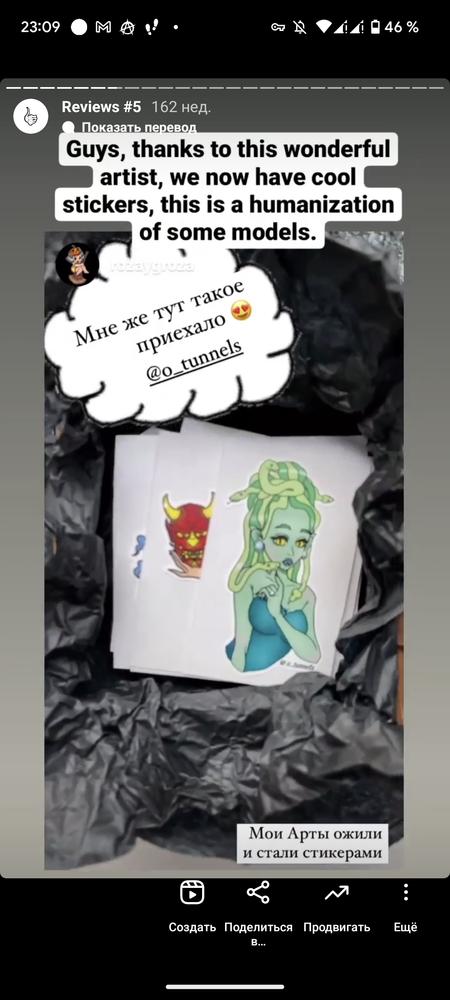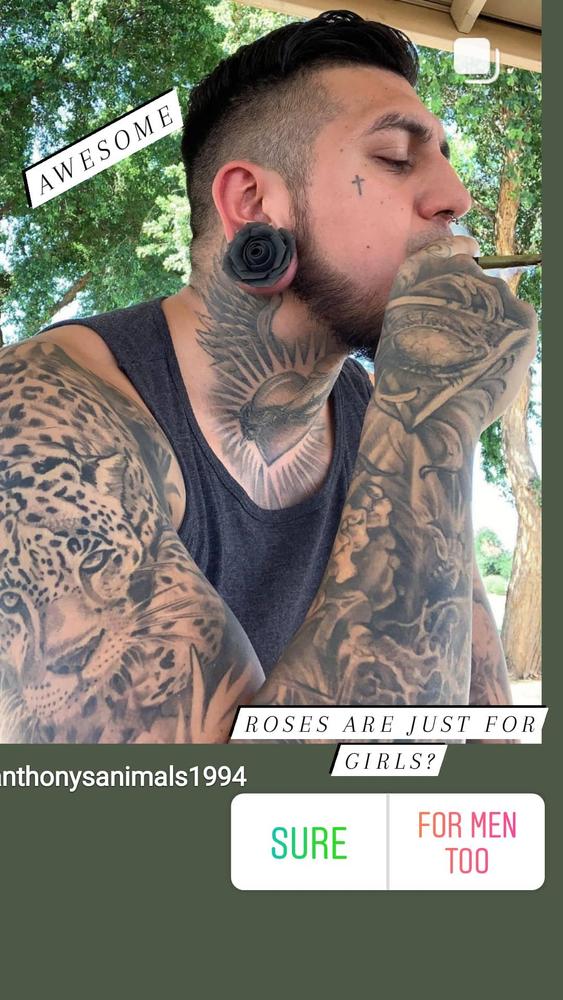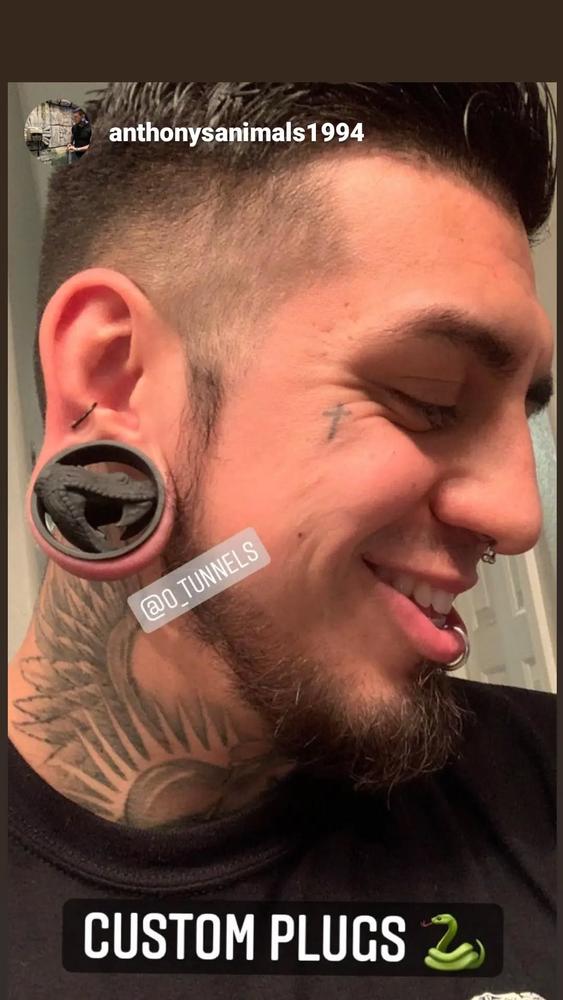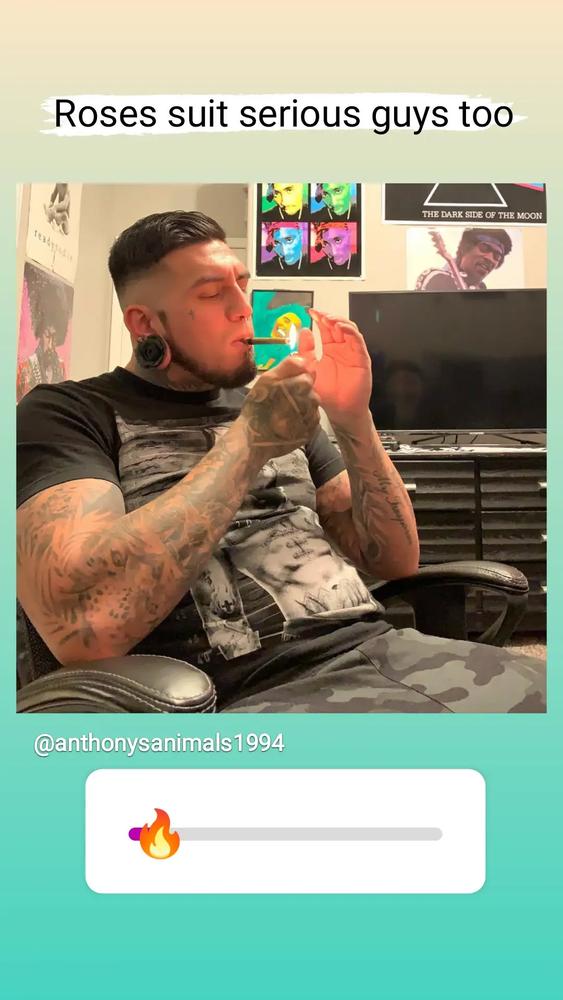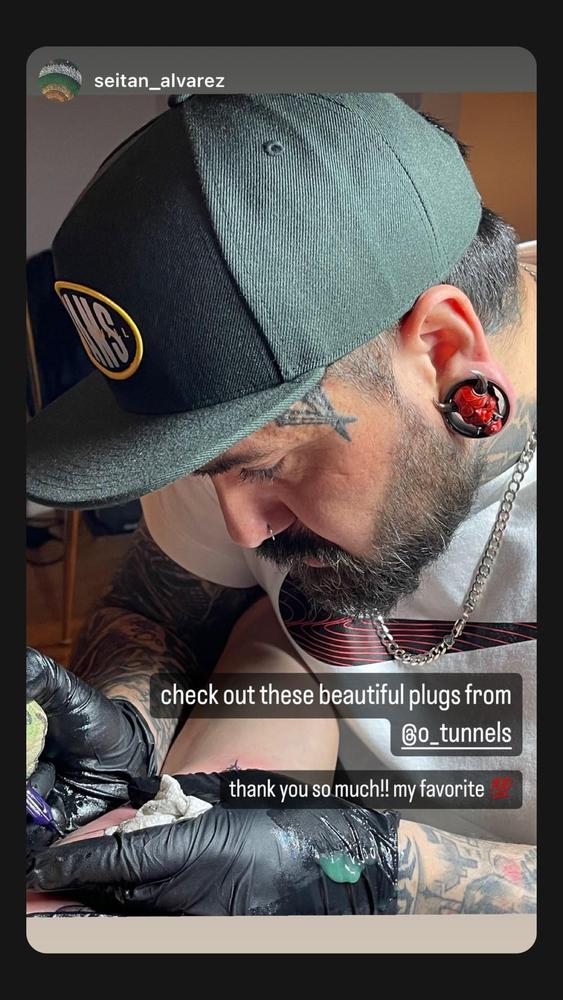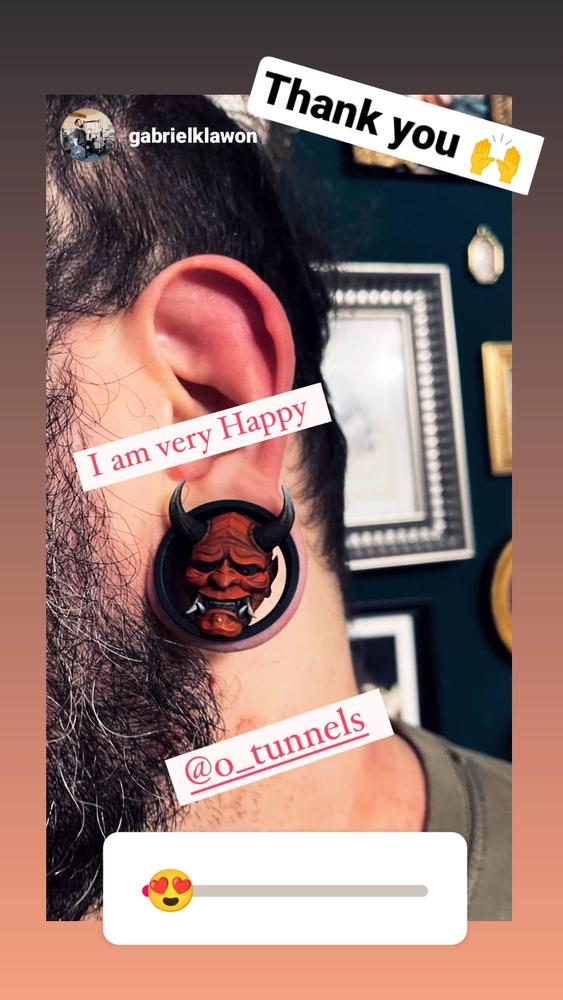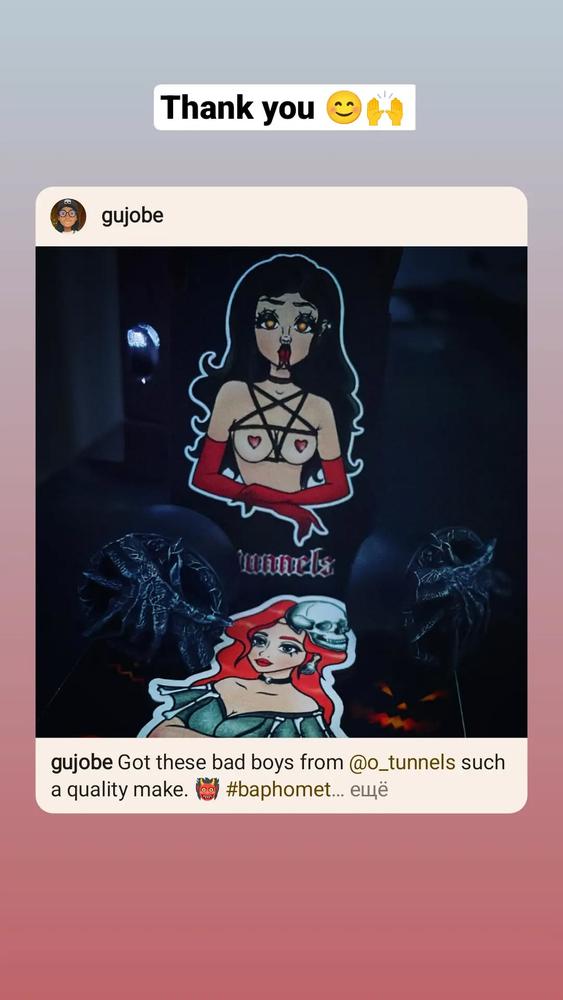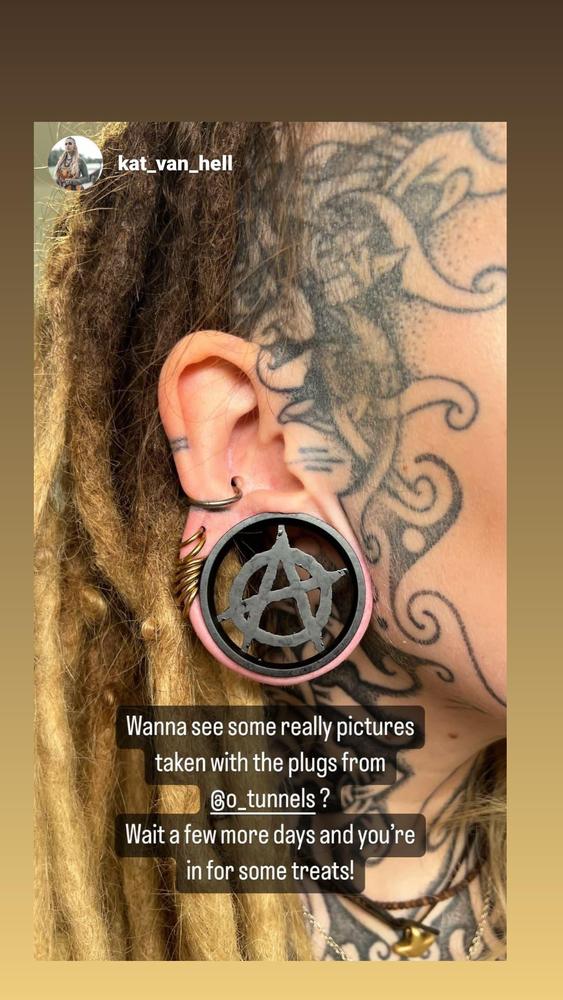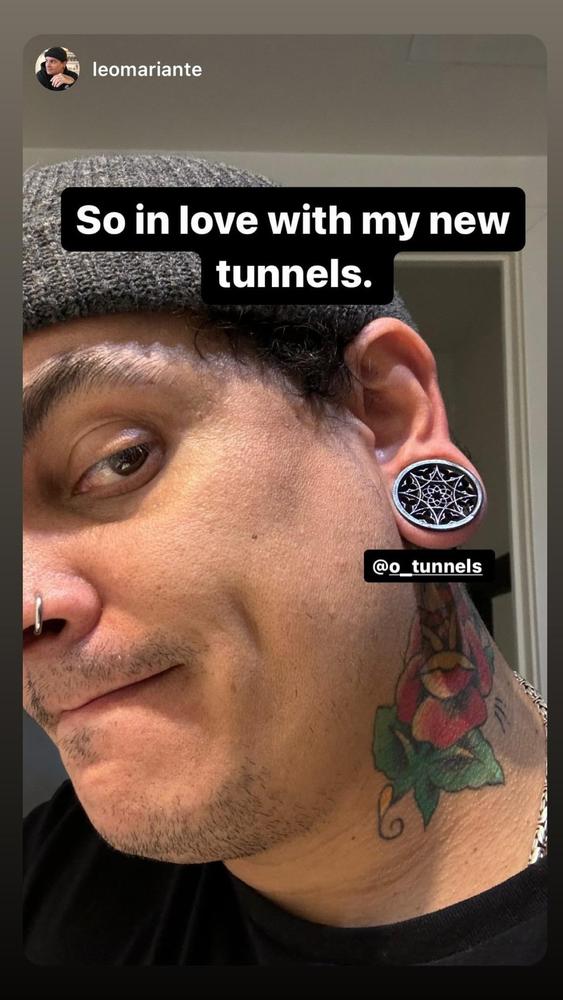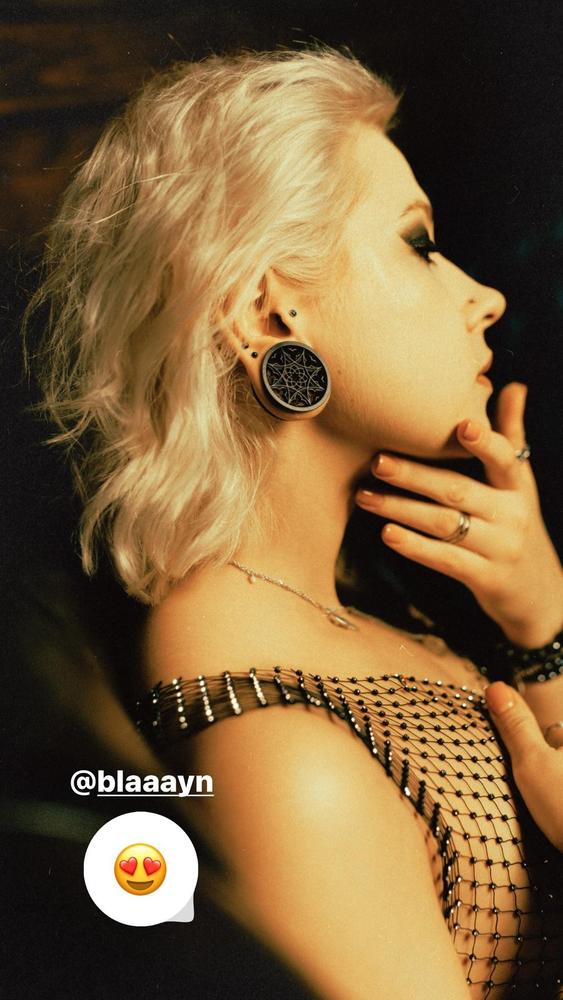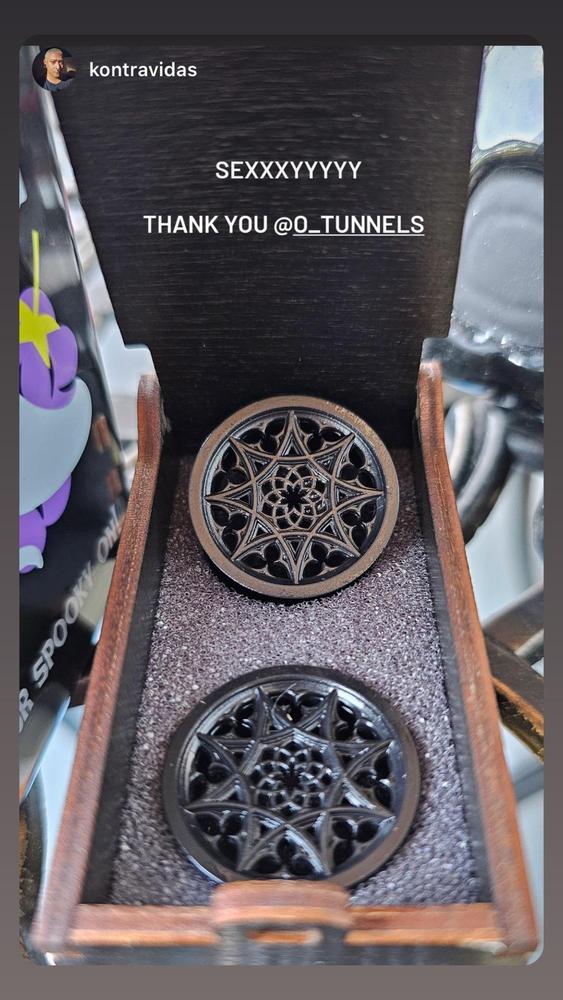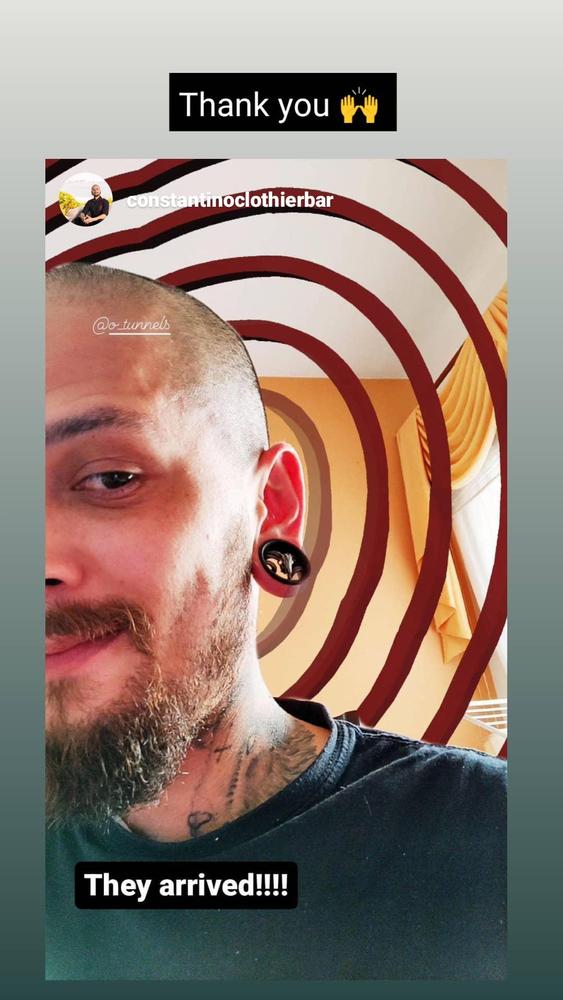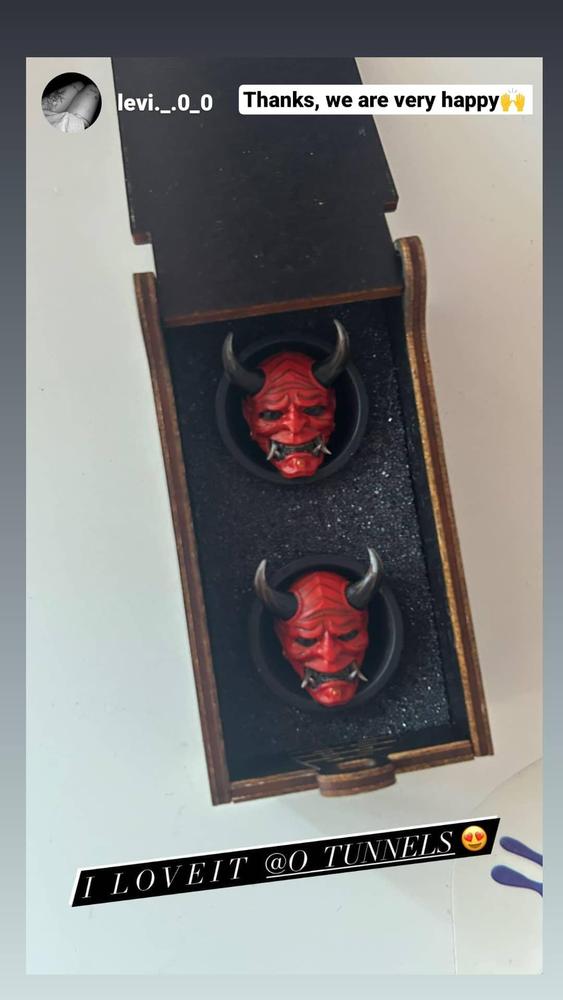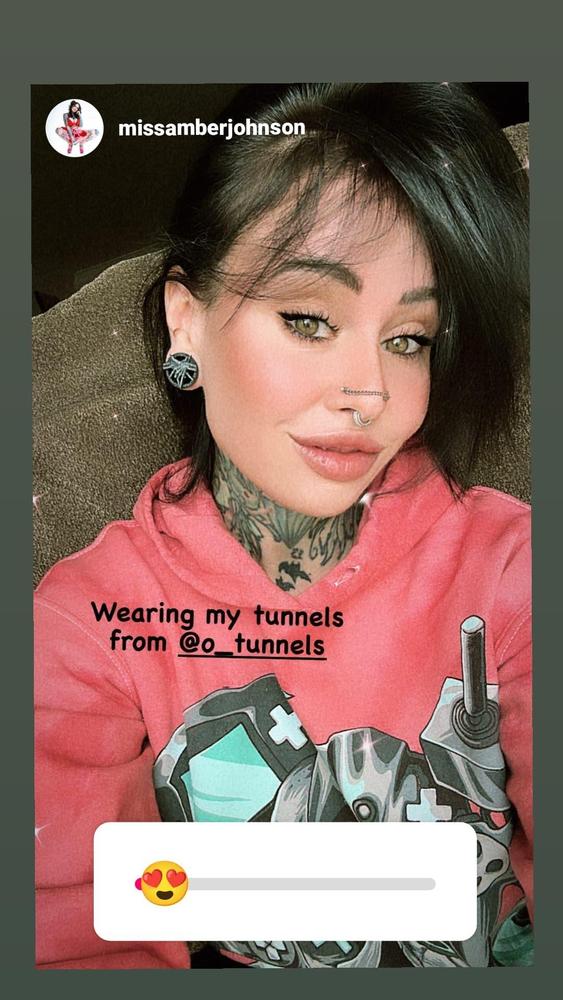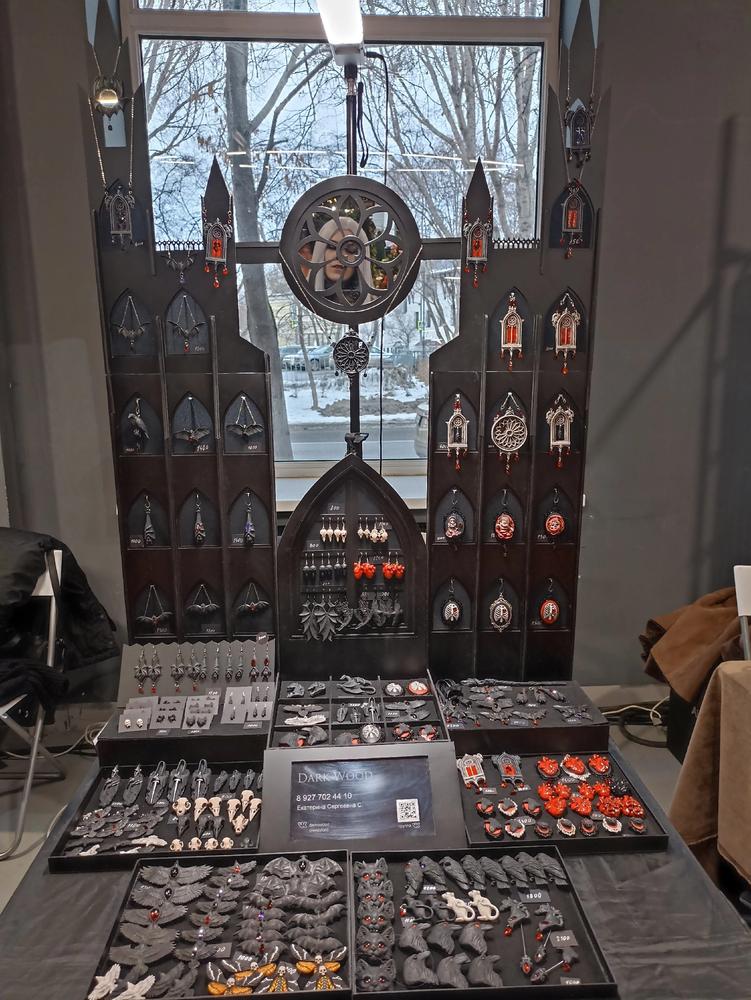Introduction
Body modification, once relegated to the fringes of society, has evolved into a popular and accepted form of self-expression. Practices like piercings, tattoos, and ear tunnels have transcended their historical and cultural roots to become powerful symbols of identity and personal artistry. In this comprehensive exploration, we will delve deeper into the world of body modifications, understanding their origins, evolution, and the profound impact they have on contemporary culture.
Contemporary Trends in Body Modification
In contemporary society, body modifications have taken on new dimensions, reflecting changing cultural norms and individual expressions. Let’s delve deeper into some of the prominent trends in body modification:
1. Tattoo Artistry
Tattoos have transformed into a highly respected and intricate art form. Talented tattoo artists create breathtaking designs, from realistic portraits to intricate geometric patterns, demonstrating not only their technical skills but also their ability to capture the essence of their clients’ stories and beliefs.
- Styles: Various tattoo styles have emerged, including traditional, black and grey, watercolor, and neo-traditional. Each style allows individuals to choose a visual language that resonates with them.
- Symbolism: Tattoos often carry deep personal meanings, such as commemorating loved ones, celebrating life milestones, or expressing cultural heritage. These symbols become a part of one’s identity.

2. Piercing Culture
Body piercing has expanded beyond traditional earlobe piercings. The piercing culture now encompasses a wide array of options, including:
- Cartilage Piercings: These are popular for their aesthetic appeal and range from helix piercings to tragus piercings.
- Oral Piercings: Tongue, lip, and cheek piercings have gained popularity as unique expressions of individuality.
- Surface Piercings: These piercings are placed on flat surfaces of the body, such as the collarbone or nape, allowing for creative jewelry placement.
3. Scarification and Branding
Scarification and branding are forms of body modification where the skin is deliberately cut, burned, or scarred to create patterns, symbols, or designs. While these practices are less common than tattoos and piercings, they offer a profound and permanent way to express oneself.
- Cultural Significance: Scarification has deep cultural roots in various African tribes, where it is used to mark tribal affiliations, rites of passage, and personal achievements.
- Personal Expression: For some, scarification and branding serve as symbols of overcoming personal struggles, asserting their identities, and embracing pain as a transformative experience.
4. Ear Stretching and Ear Tunnels
Ear stretching, also known as gauging, involves gradually enlarging earlobe piercings to accommodate larger jewelry. This trend has gained popularity in recent years and is often associated with a bohemian or alternative aesthetic.
- Materials: Ear tunnels, made from various materials like wood, bone, resin, or acrylic, allow for customization and creativity. They come in a range of sizes and designs.
- Cultural Significance: Ear stretching has roots in various indigenous cultures worldwide, where it signifies wisdom, status, or spiritual significance.

5. Dermal Implants: 3D Body Art
Dermal implants are a more recent addition to the world of body modifications. These small, decorative objects are implanted beneath the skin’s surface to create three-dimensional designs. They can take the form of studs, gems, or other shapes, adding a unique texture to the skin.
6. Extreme Modifications: Pushing Boundaries
Some individuals choose to push the boundaries of body modification with extreme alterations. These can include tongue splitting, ear stretching (ear tunnels or gauges), and even full-body tattoos that cover nearly every inch of skin. Extreme modifications challenge societal norms and celebrate the idea of embracing one’s body as a canvas for self-expression.
The Societal Impact of Body Modifications
As body modifications become increasingly prevalent, they are shaping not only individual identities but also influencing broader societal perspectives. Let’s explore how these alterations are impacting our culture:
1. Empowerment and Self-Expression
Body modifications empower individuals to take control of their bodies and express themselves authentically. In a world that often imposes standards of beauty and conformity, these alterations allow people to redefine beauty on their terms. They serve as a powerful tool for self-expression, enabling individuals to communicate their beliefs, interests, and stories with the world.
2. Promoting Inclusivity and Diversity
The fashion and entertainment industries have played a pivotal role in promoting inclusivity by featuring models and celebrities with visible body modifications. This shift towards diversity sends a powerful message that celebrates uniqueness. It encourages people to embrace their differences and reject narrow beauty standards, fostering a more inclusive and accepting society.
3. Challenging Stereotypes
Body modifications challenge stereotypes and break down preconceived notions. They highlight the fallacy of judging individuals based on appearances alone. When someone with extensive body modifications excels in their profession, whether it’s in business, academia, or the arts, it challenges the notion that unconventional appearances equate to a lack of professionalism or competence.

4. Fostering Creativity and Artistry
The synergy between fashion and body modifications has led to the emergence of wearable art. Designers now create clothing and accessories that accentuate body modifications, embracing the uniqueness of each individual. This fusion of fashion and body art fosters creativity and allows people to use their bodies as canvases for artistic expression.
5. Promoting Body Positivity
Many individuals who undergo body modifications experience increased self-esteem and body positivity. By modifying their bodies, they reclaim ownership and confidently express their identities. This newfound confidence often extends to their fashion choices, as they experiment with styles and clothing that align with their transformed selves.
6. A Path to Healing
For some, body modifications represent a path to healing and self-discovery. Individuals may use tattoos and piercings to commemorate overcoming personal challenges, to honor the memory of loved ones, or to symbolize resilience and personal growth.
Challenges and Considerations
While body modifications offer many benefits, they also present challenges and considerations:
Professional Environments: Some workplaces and social settings may maintain conservative views about body alterations, leading to discrimination and limiting career opportunities for individuals with visible modifications.
Health and Safety: Proper sterilization, hygiene, and aftercare are essential aspects of any body modification procedure. Ensuring that these modifications are performed safely and responsibly is crucial.
A Journey Through Time: The History of Body Modifications
Body modifications are far from a recent trend. They have a rich and diverse history that spans different cultures and civilizations. In this section, we’ll take a journey through time to explore the fascinating history of body modifications:
1. Ancient Civilizations
Body modifications have ancient roots, with evidence of their practice dating back thousands of years. In ancient Egypt, for example, body piercings and tattoos were used as symbols of devotion to gods and preparation for the afterlife. The Egyptians believed that adorning their bodies with these markings would aid their journey to the next world.
Similarly, tribes in Africa and indigenous communities in the Americas used scarification, body paint, and intricate piercings to signify clan affiliation,
mark important life events, and communicate cultural identity. These practices were deeply embedded in spiritual and cultural traditions.
2. Tribal Traditions
Tribal cultures across the world have a long history of body modifications. These alterations often serve as rites of passage, marking significant milestones in an individual’s life. They can include lip plates, ear stretching, scarification, and intricate facial tattoos. These modifications not only symbolize cultural identity but also signify one’s journey from adolescence to adulthood.

3. Religious Significance
Many religions incorporate body modifications into their rituals and practices. For example, Hinduism includes the practice of nose piercings as a symbol of marriage and a woman’s devotion to her husband. In Buddhism, tattoos known as “Sak Yant” hold deep spiritual meaning and provide protection to the wearer.
4. The Renaissance Era
During the Renaissance period in Europe, body modifications took on a different form. Intricate clothing adorned with elaborate embroideries and opulent fabrics became a way for the elite to display their wealth and status. Fashion was used as a means of distinguishing social classes and communicating power and privilege.
5. Cultural Exchange
As cultures interacted through trade and exploration, body modification practices were exchanged and adapted. For example, the practice of ear stretching, historically associated with African and Indigenous cultures, gained popularity in other parts of the world. This cultural exchange continues to influence modern body modification trends.
6. Contemporary Resurgence
In contemporary times, body modifications have experienced a resurgence in popularity. While some traditional forms of body modifications, such as tattoos and piercings, continue to be popular, new techniques and practices have emerged. These include dermal implants, branding, scarification, and extreme modifications like tongue splitting and ear tunnels.
7. The Art of Tattooing
Tattooing, in particular, has evolved into a recognized art form. Skilled tattoo artists create intricate designs that reflect their clients’ unique stories and identities. Tattoos have become a form of self-expression, allowing individuals to carry their personal narratives on their skin.

8. Fusion with Fashion
The fusion of fashion and body modifications has blurred the lines between the two. Fashion designers now incorporate elements like piercings, tattoos, and unconventional hairstyles into runway shows and advertising campaigns. Models proudly display their body modifications, challenging traditional beauty standards.
In the next section, we’ll delve deeper into the contemporary practices of body modifications, exploring the different types of alterations individuals undergo and the motivations behind them. Stay tuned for a closer look at this intriguing aspect of modern culture.
The Intersection of Fashion and Body Modifications
In recent years, the boundaries between fashion and body modifications have blurred significantly. Fashion designers, models, and enthusiasts have embraced body alterations as integral components of personal style and self-expression. Here, we delve into the fascinating interplay between fashion and body modifications.
1. Fashion Embraces Body Modifications
Fashion designers have recognized the growing prevalence of body modifications and are incorporating them into runway shows and advertising campaigns. Tattoos, piercings, and unique hairstyles have become celebrated elements of high fashion. This shift challenges conventional beauty standards and encourages diversity in the fashion industry.
2. Models as Trendsetters
Fashion models now proudly display their tattoos and piercings, breaking away from the idea of a “perfect” or unaltered appearance. These models serve as trendsetters and inspirations for individuals looking to embrace their own body modifications. Their presence in the fashion world reinforces the message that beauty comes in many forms.
3. Body Jewelry and Modified Clothing
The influence of body modifications on fashion trends is undeniable. Designers have created clothing lines and accessories tailored to individuals with extensive tattoos and piercings. These garments and jewelry items are designed to complement and accentuate specific body modifications. For example, there are clothing items tailored to showcase intricate sleeve tattoos or ear tunnels (gauges).
4. Body Positivity and Inclusivity
The acceptance of body modifications in the fashion industry aligns with the broader movement toward body positivity and inclusivity. By featuring models with diverse body modifications, the industry sends a powerful message that celebrates uniqueness and rejects narrow beauty standards. This positive shift promotes self-acceptance and self-love.

5. Empowering Individuals
Body modifications often empower individuals to embrace their appearance and experiment with different fashion styles. People who have undergone transformations through body modifications may find themselves exploring clothing and accessories that resonate with their newfound sense of self.
Challenges and Controversies
While the acceptance of body modifications in fashion is growing, challenges and controversies persist. Some workplaces and social environments may maintain conservative views about body alterations, which can lead to discrimination and limit career opportunities for individuals with visible modifications. Additionally, certain forms of body modifications, such as scarification and extreme alterations, raise ethical concerns and health risks. Ensuring that body modifications are performed safely and responsibly is crucial to address these issues.
Conclusion
In the contemporary world, body modifications are a powerful tool for self-expression and identity representation. They have evolved alongside fashion and are now deeply integrated into our cultural landscape. The intersection of fashion and body modifications challenges traditional beauty norms and encourages diversity.
As we move forward, promoting acceptance, inclusivity, and understanding of body modifications will foster a society that values diversity and individuality. Fashion and body modifications are indeed potent tools for people to showcase their authentic selves to the world, reinforcing the idea that our bodies are canvases for self-expression, identity, and art.
In summary, body modifications, including tattoos, piercings, scarification, and more, continue to shape contemporary culture and fashion. They empower individuals to express their unique identities and contribute to a more inclusive and accepting society. So, whether you’re considering your first tattoo or simply appreciating the artistry of body modifications, remember that your body is your canvas, and the possibilities for self-expression are endless.




